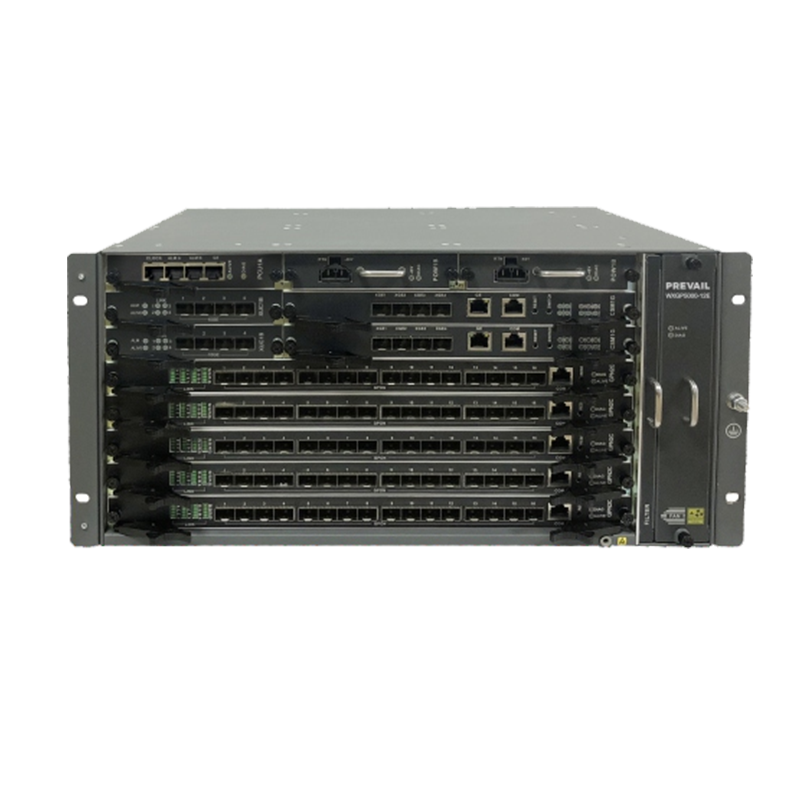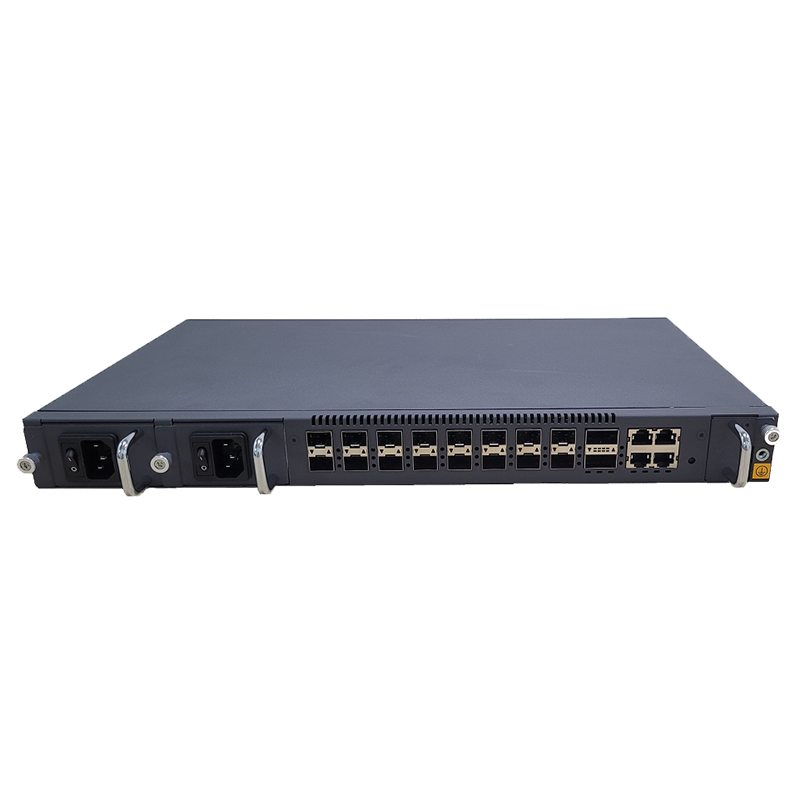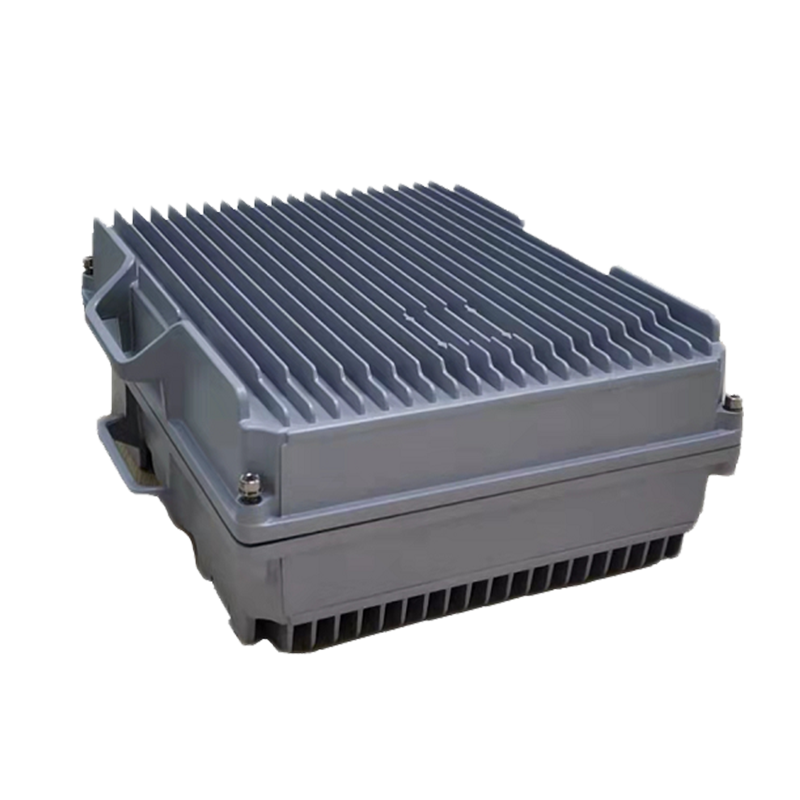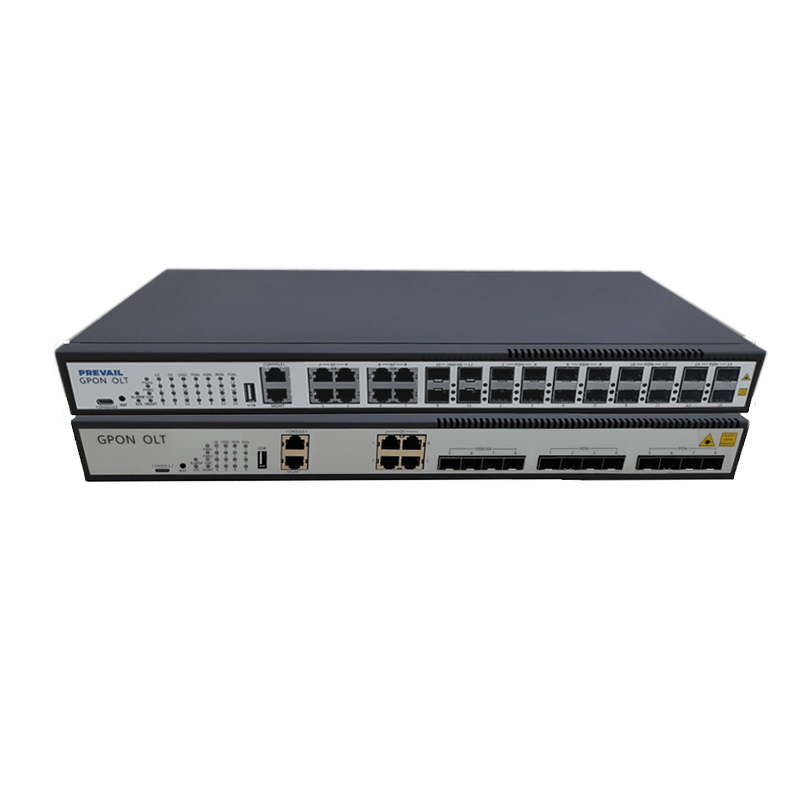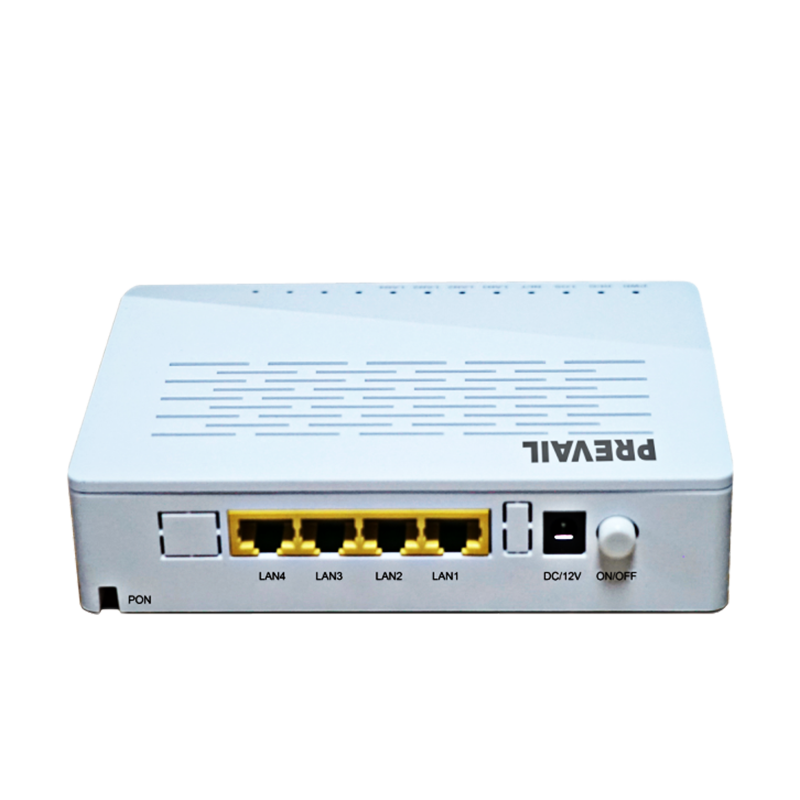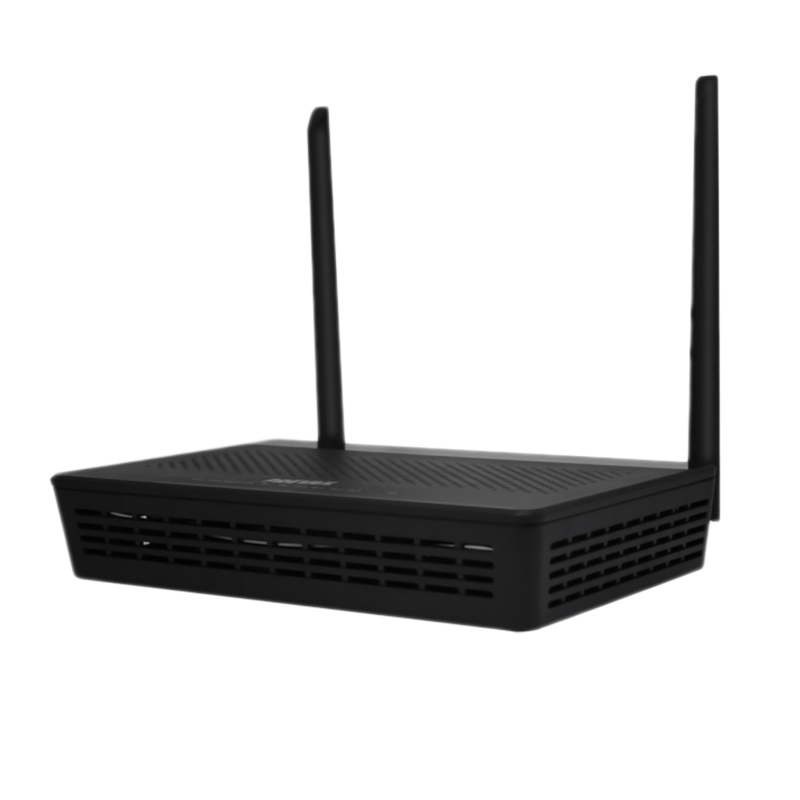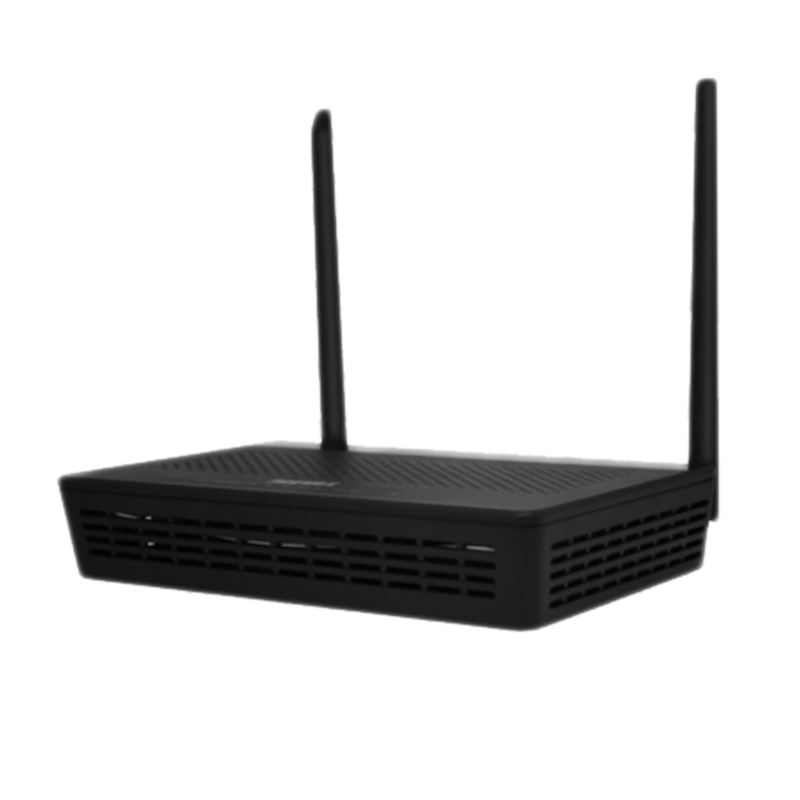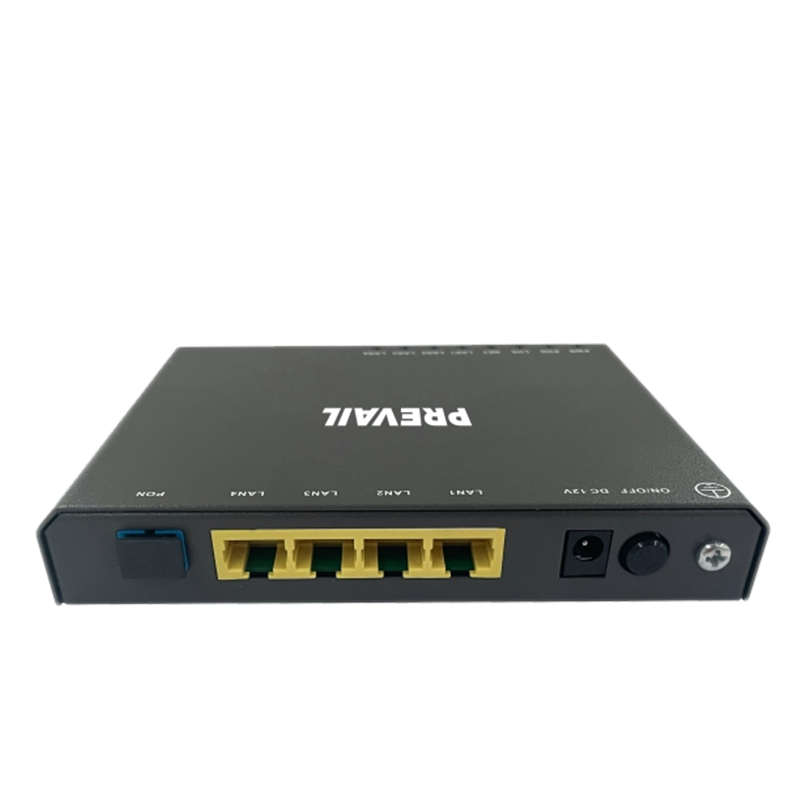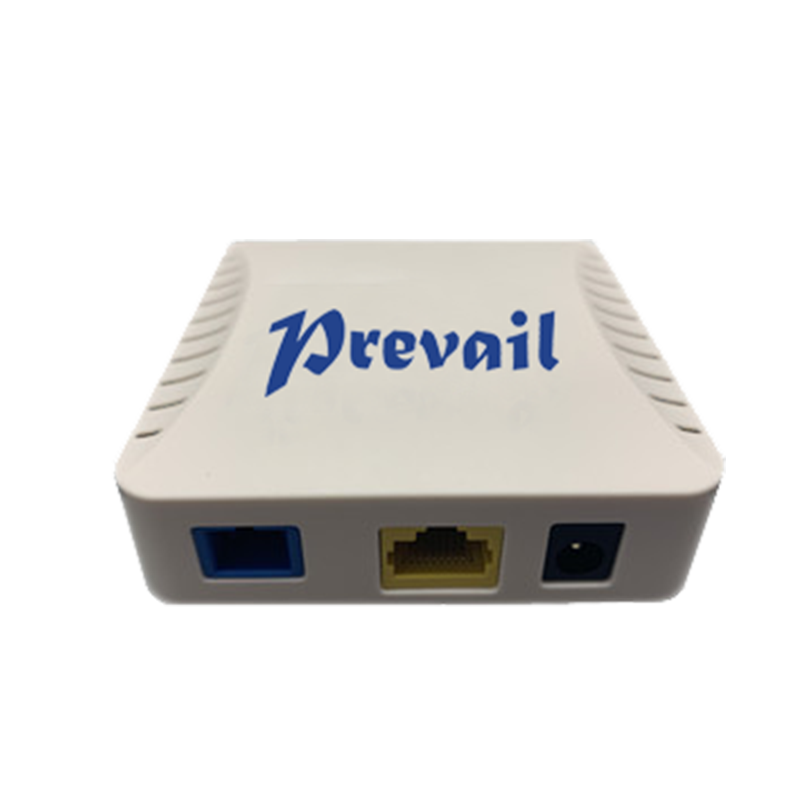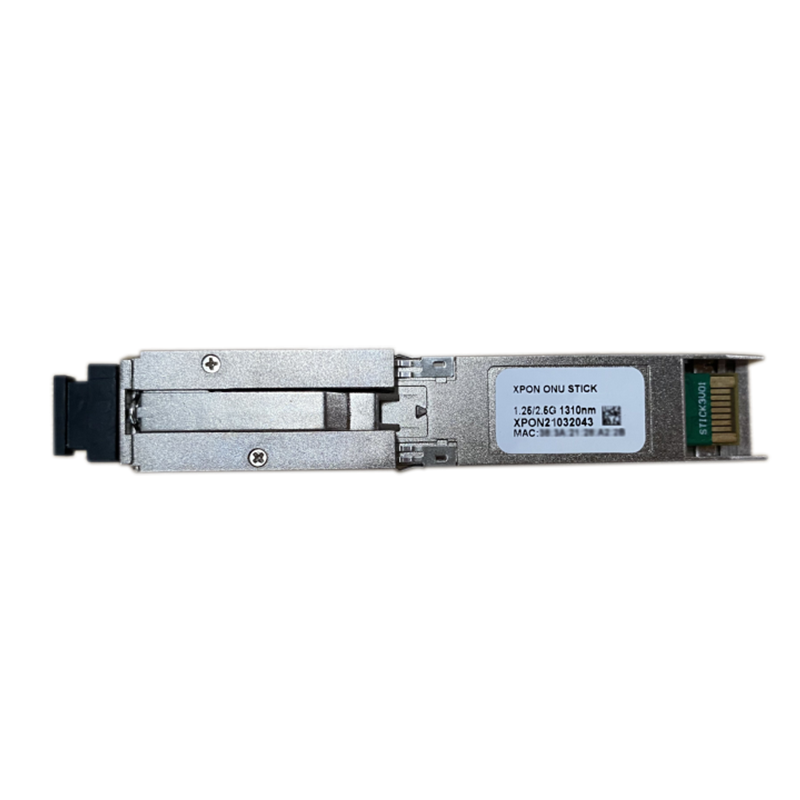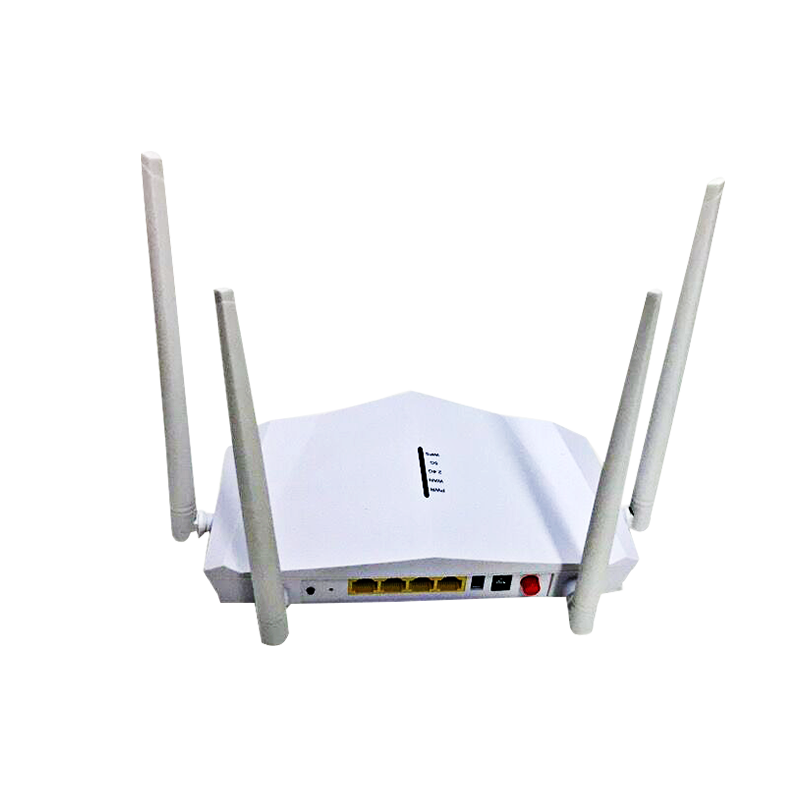HFC Transmission Equipment: The Backbone of Modern Telecommunications
In today’s rapidly evolving telecommunications industry, HFC transmission equipment plays a pivotal role in delivering high-speed data, video, and voice services to consumers. HFC, or Hybrid Fiber-Coaxial, is a broadband network technology that combines the best of fiber-optic and coaxial cable systems, allowing for efficient data transmission across long distances.
Hybrid Fiber-Coaxial (HFC) networks integrate fiber-optic cables for high-speed backbone transmission and coaxial cables for last-mile connectivity to customers. Fiber-optic cables are used in the core part of the network to carry large amounts of data over long distances at incredible speeds, while coaxial cables take over at the local level, distributing data to individual homes and businesses.
This hybrid design allows telecommunications providers to leverage existing coaxial infrastructure while upgrading with fiber optics to meet the growing demand for bandwidth-intensive services such as streaming, online gaming, and video conferencing.

HFC transmission equipment consists of several core components that work together to facilitate high-speed data transmission:
Fiber nodes serve as the transition point where the optical signal from fiber-optic cables is converted into electrical signals for transmission over coaxial cables. These nodes are strategically placed within the network to ensure efficient signal distribution and minimize loss during the conversion process.
Coaxial cables carry the electrical signals to end-users. They are well-suited for short-distance transmission and can handle both data and television signals, making them a versatile choice for delivering multiple services over a single network.
Amplifiers boost the strength of signals as they travel through the coaxial cables, ensuring that data transmission remains robust, even over extended distances. These amplifiers play a crucial role in maintaining signal quality and minimizing degradation.
End-users rely on modems and set-top boxes to decode the signals received over the HFC network. These devices convert the data into usable formats for internet browsing, video streaming, and other digital services.
The headend is the central hub of the HFC network, housing equipment such as servers, routers, and modulators that manage the data being transmitted. It is responsible for routing internet traffic, processing video signals, and managing network security.
HFC transmission equipment offers several advantages that make it a preferred choice for telecommunications providers:
By integrating fiber-optic technology, HFC networks are capable of delivering high-speed internet services to a broad audience. Fiber-optic cables ensure that large amounts of data can be transmitted quickly and reliably over long distances, making HFC networks ideal for areas with high data consumption.
One of the significant benefits of HFC networks is their scalability. Telecommunications providers can easily expand their networks by upgrading the fiber portion of the system while keeping existing coaxial infrastructure in place. This flexibility allows for gradual improvements and cost-effective expansion without the need for a complete network overhaul.
HFC networks are well-suited to deliver a wide range of services, including internet, television, and voice over IP (VoIP). This makes them an attractive option for providers looking to offer bundled service packages that cater to different customer needs.
Leveraging existing coaxial infrastructure helps reduce the cost of network upgrades. While fiber-optic cables offer superior performance, replacing all coaxial cables with fiber can be prohibitively expensive. HFC networks strike a balance by incorporating fiber where it matters most, while utilizing coaxial cables for last-mile connections.
HFC networks are known for their reliability. Fiber-optic cables are resistant to interference from external factors such as electromagnetic interference, weather conditions, or physical damage. This ensures that users experience consistent service quality, with minimal disruptions.
HFC transmission equipment is widely used across several industries:
Telecommunications providers rely heavily on HFC networks to deliver high-speed internet, television, and VoIP services to residential and commercial customers. As demand for bandwidth-intensive services grows, HFC networks enable providers to keep up with consumer needs.
HFC networks are particularly popular in cable television delivery, as they can handle large volumes of video signals without compromising quality. This makes them ideal for both traditional TV broadcasting and newer digital streaming services.
ISPs utilize HFC networks to deliver broadband internet access. The combination of fiber optics and coaxial cables ensures that customers receive fast and reliable internet services, even in densely populated areas.
HFC networks also play a role in providing high-speed internet and voice services to businesses. Companies that rely on cloud-based applications, video conferencing, and data transfer benefit from the speed and reliability offered by HFC transmission systems.
As the world becomes more connected, the demand for high-speed data transmission continues to rise. HFC transmission equipment will remain essential in bridging the gap between fiber-to-the-home (FTTH) and traditional coaxial networks. While full-fiber networks are the long-term goal, HFC systems provide a cost-effective and scalable solution for meeting current and near-future demands.
Telecommunications providers are investing in upgrading their HFC infrastructure with technologies such as DOCSIS 4.0, which will enable faster internet speeds and greater bandwidth capacity. These advancements will ensure that HFC networks continue to play a critical role in the evolving digital landscape.
HFC transmission equipment is the backbone of modern telecommunications, enabling high-speed data, voice, and video services for millions of users. By combining the power of fiber-optic technology with the versatility of coaxial cables, HFC networks offer a reliable, scalable, and cost-effective solution for meeting the growing demands of today’s connected world. As technology continues to evolve, HFC systems will remain a key component in delivering cutting-edge telecommunications services.





